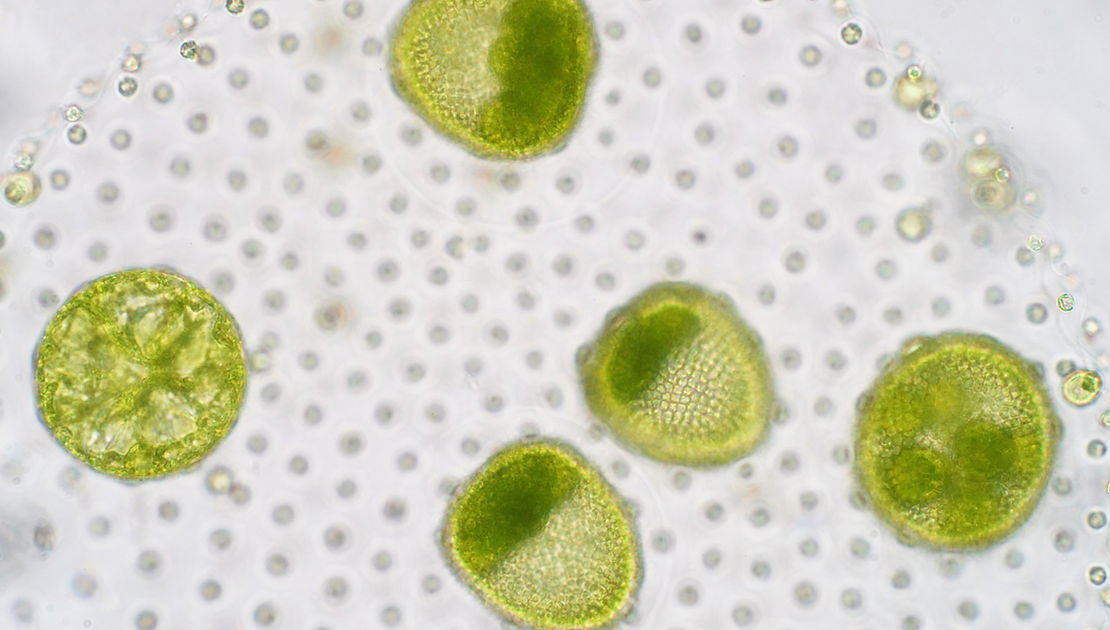
Plankton
photo source: Canva.com
PLANKTON ENCOMPASS A WIDE RANGE OF ORGANISMS, FROM MICROSCOPIC ALGAE TO SMALL ZOOPLANKTON, AND THEY SERVE AS A PRIMARY FOOD SOURCE FOR MANY AQUATIC SPECIES.
Derived from the Greek word "planktos," which means 'wanderer' or 'wandering,' plankton encompasses a diverse assembly of organisms with intriguing life strategies. These creatures have adapted to a nomadic existence shaped by ocean currents and tides, varying widely in size from minute to substantial. They serve as the fundamental building blocks of aquatic food webs, playing a vital role in maintaining the health and equilibrium of marine ecosystems.
The scientific classification of plankton involves several criteria, including size, type, and duration of drift. The two primary groups within the plankton community are phytoplankton and zooplankton, each characterized by distinct features and functions. Together, they contribute to the complex dynamics that define marine life.

Zooplankton - Copepods
photo source: Canva.com
PHYTOPLANKTON PROVIDES SUSTENANCE FOR COUNTLESS AQUATIC ORGANISMS AND HELPS MAINTAIN THE EARTH'S OXYGEN BALANCE THROUGH PHOTOSYNTHESIS.
Phytoplankton, primarily composed of primary producers like microalgae and cyanobacteria, are adept at performing photosynthesis. They harness the power of sunlight by using chlorophylls and other pigments, essentially acting as biological solar panels. This remarkable process allows them to convert carbon dioxide and water into sugars while releasing oxygen as a valuable byproduct.
This photosynthetic mechanism plays a vital role in the carbon pump, as it effectively captures inorganic carbon from the atmosphere and sequesters it within biological compartments. Additionally, it significantly contributes to the vital production of oxygen.
Phytoplankton's importance extends further as they serve as the primary source of sustenance for zooplankton and numerous other marine organisms. This pivotal role establishes them as a linchpin in the intricate marine food chain.
.jpg)
.jpg)
Zooplankton comprises little heterotrophic organisms that feed on phytoplankton and other smaller zooplankton. The community includes a variety of protozoa, small crustaceans like copepods and krill, as well as the early life stages of larger marine animals. Zooplankton plays a crucial role in transferring energy through the food web, serving as a critical food source for larger marine predators, such as fish, whales, and seabirds.





The interplay between phytoplankton and zooplankton profoundly impacts nutrient cycling and carbon sequestration in marine environments.
Their interactions influence nutrient cycling, carbon sequestration, and the overall health and productivity of the ocean.
Any significant changes in their populations can have cascading effects on the entire marine food web, ultimately impacting marine biodiversity and fisheries.
/
Sea sparkle, scientifically known as bioluminescent phytoplankton, is a natural phenomenon of specific marine environments.
The primary contributors to this phenomenon are dinoflagellates, particularly species like Noctiluca scintillans and Pyrocystis fusiformis.
When disturbed, whether by water movement or predators, these organisms emit brief bursts of bioluminescent light. This behaviour can potentially deter attackers and assist in attracting their prey.
In some coastal regions, bioluminescent phytoplankton blooms can be seen from the shore, creating a surreal spectacle of sparkling waves at night. Tourists and locals alike flock to these areas to witness the magical glow, turning the occurrence into a popular ecotourism attraction.

Noctiluca scintillans
photo credit: ProyectoAgua (CC BY-NC-SA 2.0)


PLANKTON POPULATIONS ARE VITAL INDICATORS OF MARINE ECOSYSTEM HEALTH.
Plankton serve as sentinel organisms, reflecting changes in water quality, temperature, nutrient levels, and other ecological factors.
Monitoring their populations helps assess environmental well-being, predict ecosystem changes, detect harmful algal blooms, study climate change effects, and inform conservation efforts, making it an essential tool for protecting and preserving marine ecosystems.

In the late summer of 2014, the Atlantic Ocean north of Iceland experienced a spectacular transformation as a massive phytoplankton bloom turned the waters into green, teal, and turquoise swirl. These vibrant blooms occur when marine phytoplankton are exposed to the ideal combination of sunlight, dissolved nutrients, and water temperatures that are neither too hot nor too cold, leading to explosive reproduction and the formation of blooms that can span hundreds of square kilometres. On August 2, NASA's Aqua satellite, equipped with the Moderate Resolution Imaging Spectroradiometer (MODIS), captured this stunning true-color image, showcasing the natural beauty of this phenomenon.
